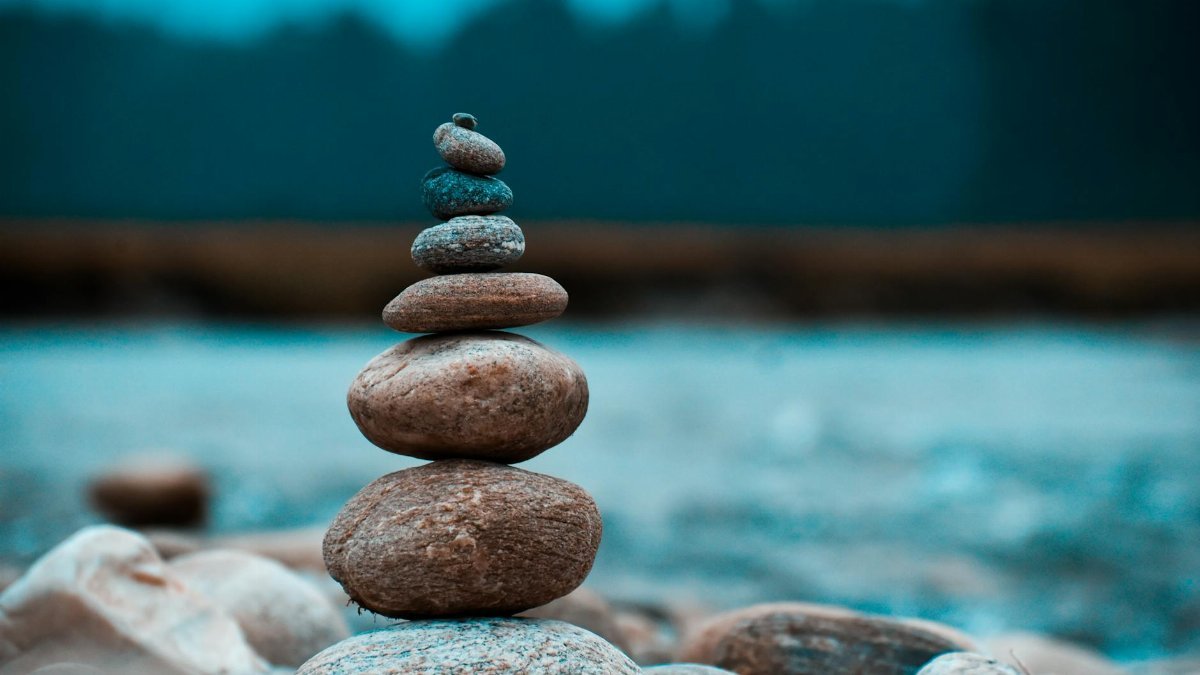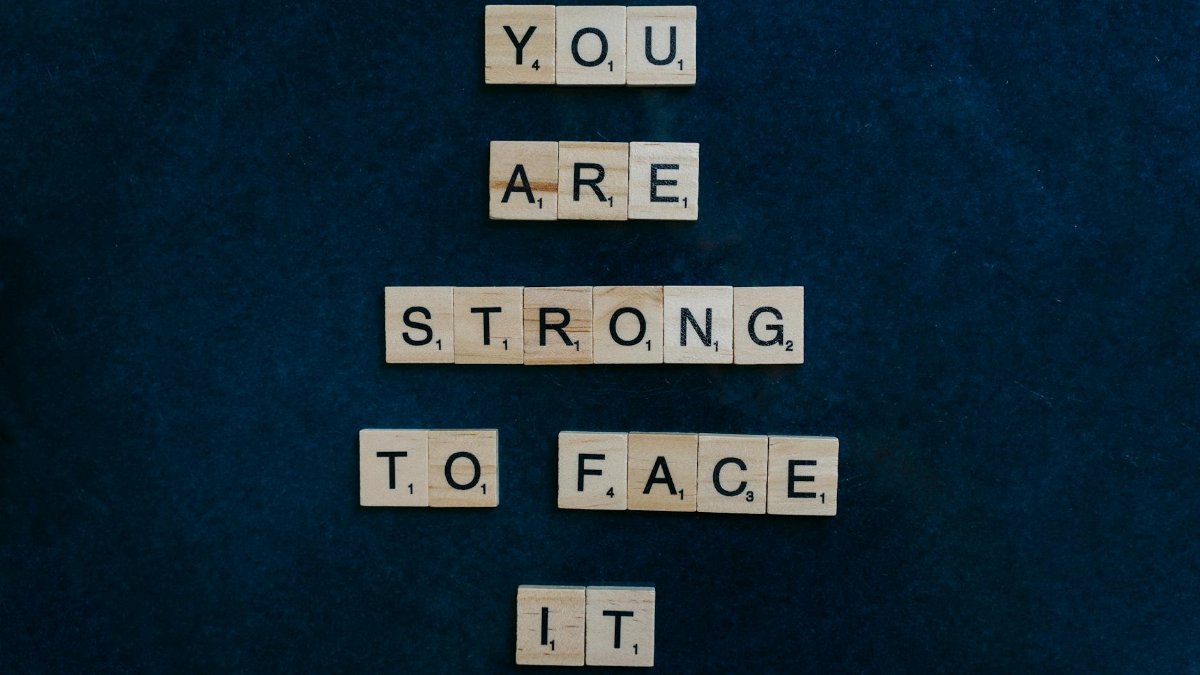Is kosha meditation layers the key to unlocking deeper self-awareness? This ancient practice, rooted in yogic philosophy, is gaining traction among Americans seeking mental clarity in 2025. Simply put, kosha meditation layers refers to a meditative approach that focuses on the five sheaths, or “koshas,” of human existence—physical, energetic, mental, wisdom, and bliss. It’s not just about relaxation; it’s a structured path to understanding the self. As stress levels soar, more people are turning to this method to navigate their inner world with precision and purpose.
What Are the Kosha Meditation Layers?

Kosha meditation layers stem from the Vedic concept of five interconnected sheaths that make up human consciousness. These layers—Annamaya (physical body), Pranamaya (energy body), Manomaya (mental body), Vijnanamaya (wisdom body), and Anandamaya (bliss body)—offer a framework for self-exploration. Practitioners meditate on each layer to peel back superficial concerns and connect with deeper truths. This structured approach sets it apart from generic mindfulness, providing a roadmap for personal growth.
Why Is It Gaining Popularity in the U.S.?

In 2025, mental health remains a pressing concern, with the American Psychological Association reporting sustained high stress levels among adults. Kosha meditation layers appeal to those disillusioned with quick-fix wellness trends. Its systematic focus on holistic awareness resonates with a growing number of Americans—particularly in urban centers—who crave depth. Yoga studios and wellness apps are increasingly incorporating kosha-based sessions, reflecting a shift toward integrative practices that address both body and mind.
How Does It Differ From Standard Meditation?

Unlike standard meditation, which often emphasizes breath or mindfulness, kosha meditation layers target specific aspects of being. Each session may focus on one kosha, like the physical body, by visualizing nourishment, or the mental layer, by observing thought patterns without judgment. This targeted method helps practitioners identify imbalances—whether physical tension or emotional clutter—and address them directly. It’s less about emptying the mind and more about understanding its many dimensions.
What Are the Tangible Benefits?

Research into mindfulness and yoga suggests that layered awareness practices like kosha meditation can reduce anxiety and improve emotional regulation. A 2020 study from the National Center for Complementary and Integrative Health highlights how structured meditation enhances stress resilience ( NCCIH Overview ). Users often report feeling more grounded, with some noting better sleep and focus after consistent practice. The layered approach offers a sense of progress as each kosha reveals new insights.
Who Should Try This Practice?

Kosha meditation layers suit anyone seeking a deeper connection to themselves, especially those already familiar with yoga or meditation. It’s ideal for individuals feeling overwhelmed by modern life’s pace, as it provides tools to dissect and manage internal chaos. Beginners might start with guided sessions—many available through apps or local studios—while seasoned meditators can adapt it for personal exploration. It’s accessible but demands patience to grasp the nuances of each layer.
How Can You Get Started?

Starting kosha meditation layers is straightforward. Find a quiet space, sit comfortably, and begin with the physical layer—focus on your body’s sensations for 5-10 minutes. Progress to the next kosha in subsequent sessions, using guided recordings if needed. Resources like the Yoga Journal offer practical tips for integrating kosha awareness into daily routines ( Yoga Journal Meditation Resources ). Consistency matters more than duration; even short daily practices build understanding over time.
What Challenges Might You Face?

The biggest hurdle with kosha meditation layers is patience. Unlike instant-gratification wellness fads, this practice unfolds slowly, requiring commitment to explore each layer. Beginners may struggle to differentiate between koshas or feel frustrated by abstract concepts like the “bliss body.” Distractions—mental or environmental—can also disrupt focus. Experts advise starting small, acknowledging setbacks, and using community support or teachers to stay motivated through the learning curve.
Is It Worth the Effort?

For many, the effort behind kosha meditation layers pays off in profound ways. Testimonials from practitioners highlight a renewed sense of purpose and calm, even amidst 2025’s uncertainties. “I used to feel scattered, but focusing on each layer gave me clarity,” says Jenna R., a 34-year-old from Chicago. While not a cure-all, this practice offers a structured way to tackle inner turmoil, making it a compelling option for those willing to invest time in self-discovery.
Disclaimer
The content on this post is for informational purposes only. It is not intended as a substitute for professional health or financial advice. Always seek the guidance of a qualified professional with any questions you may have regarding your health or finances. All information is provided by FulfilledHumans.com (a brand of EgoEase LLC) and is not guaranteed to be complete, accurate, or reliable.
